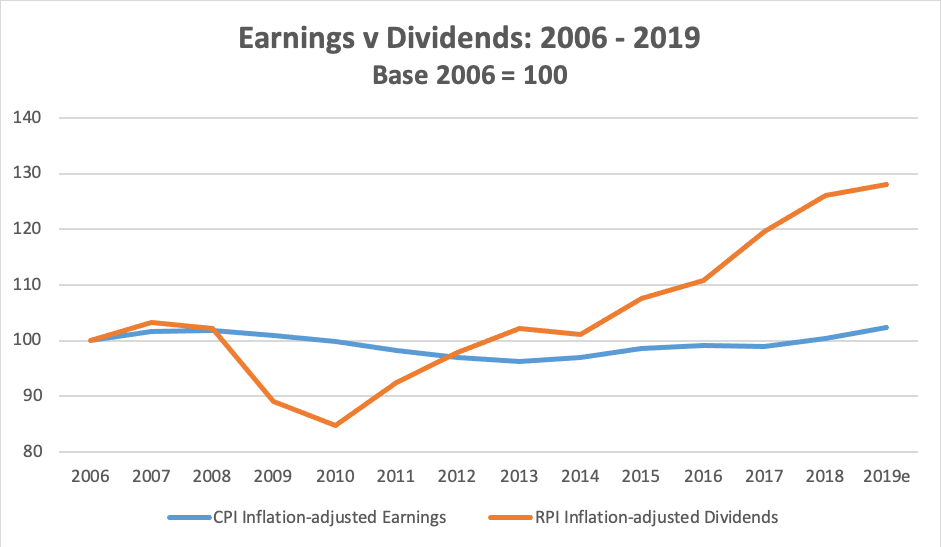How much has your income increased over the last year? The latest data from…

National Savings & Investments
In the Budget the Chancellor announced the terms of the new National Savings and Investments (NS&I) Bond to ‘support savers who have been affected by low interest rates’:
- The Bond will offer a “market-leading” rate of 2.2%, fixed for three years;
- It will be available for 12 months from April 2017;
- It will be on sale to anyone aged 16 or over; and
- The minimum investment will be £100, with a maximum of £3,000.
The Bond shows up on the Treasury’s Scorecard as a “Spend” item, meaning that it is costing the government money to make this offer. That may sound strange, but it reflects the fact that raising money by other means would be much cheaper: at present the Treasury could go to the gilts market and borrow billions over three years at a fixed rate of about 0.25%. To add insult to injury, the market-leading rate is not unique. One of the new internet banks is already offering 2.2% fixed for three years, but with a maximum investment of £100,000, not just £3,000 (although deposit protection would only apply up to £85,000).
Just over a month before Mr Hammond revealed the new bond, NS&I announced a series of rate cuts to its variable rate products, due to take effect from 1 May:
|
Product |
Current rate |
New rate from 1 May 2017 |
|
Direct ISA |
1.00% tax-free/AER |
0.75% tax-free/AER |
|
Direct Saver |
0.80% gross/AER |
0.70% gross/AER |
|
Income Bonds |
1.00% gross/AER |
0.75% gross/AER |
|
Premium Bonds |
1.25% |
1.15% |
£25 again…
The chances of a Premium Bond win in any monthly draw remain at 30,000:1, so the lowered interest rate will mean a redistribution of prizes, with fewer large prizes. NS&I estimate that whereas in February there were 53 prizes of £10,000 or more, by May that number will fall to 42. The £25 prize will account for nearly 98% of all winnings and 90% of the total pay-out.
No rate rise in sight
While interest rates are going up in the United States, with a third rise in their base rates since March 2015 having occurred in March, there are few signs that an increase in rates is likely in the UK this year. The uncertainties caused by the Brexit vote look set to stay the Bank of England’s hand, despite inflation having risen to 2.3% in February, well above the Bank of England’s 2% target.
Action
NS&I’s cut in rates from May is a delayed response to last year’s base rate cut to 0.25%. The new Bond is little more than a sop to savers, albeit at taxpayers’ expense.
Past performance is not a reliable guide to the future. The value of investments and the income from them can go down as well as up. The value of tax reliefs depend upon individual circumstances and tax rules may change. The FCA does not regulate tax and financial advice.
This blog is provided strictly for general consideration only and is based on our understanding of law and HM Revenue & Customs practice as at March 2017 and the contents of the 2017 Budget.
No action must be taken or refrained from based on its contents alone. Accordingly, no responsibility can be assumed for any loss occasioned in connection with the content hereof and any such action or inaction. Professional advice is necessary for every case.


